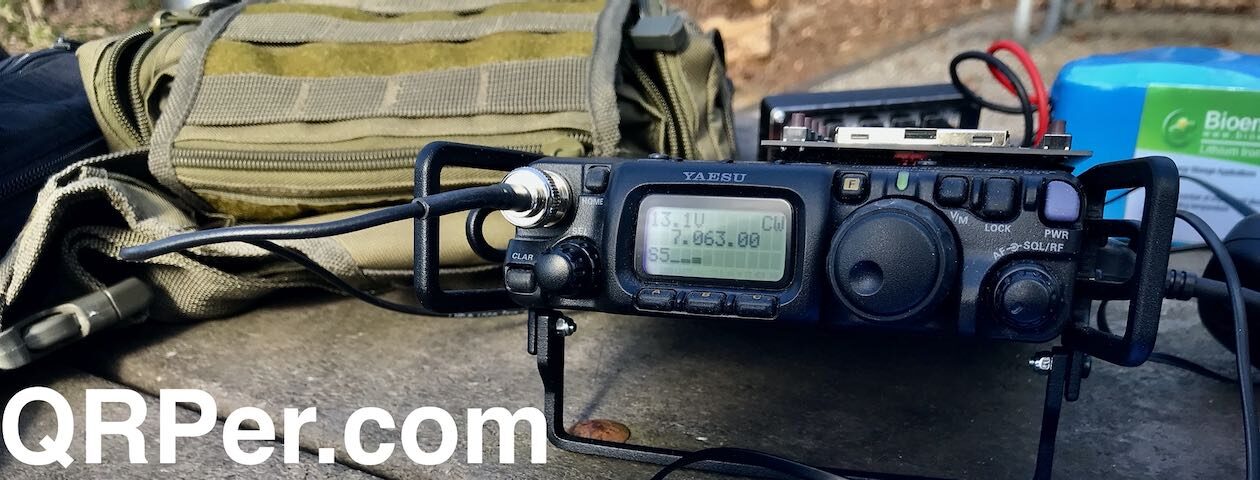 As you, no doubt, know by now, Yaesu recently discontinued the FT-818ND QRP transceiver. Within a day of the announcement most US retailers sold out their remaining inventory. There may still be new units at some UK and EU retailers at time of posting.
As you, no doubt, know by now, Yaesu recently discontinued the FT-818ND QRP transceiver. Within a day of the announcement most US retailers sold out their remaining inventory. There may still be new units at some UK and EU retailers at time of posting.
Ham Radio Outlet

Many thanks to John (KC8RZM) who writes:
I notice HRO, after having no listing for new FT818NDs for a few days, it’s now back being listed as being available for ordering (though not currently in stock).
John was correct, of course. I checked HRO’s FT-818ND product page and see that they’re listed as out-of-stock yet you can still order one for $699.95 US they seemed to have increased the price to $799.99 since yesterday (Jan 24, 2023).
I reached out to HRO to gather more information. HRO Sales Manager, Steve (W4SHG), replied:
We have been told more may be coming, we have no idea how many or when they may arrive.
So it sounds like they’re taking orders for an unknown quantity of radios they’ll be taking into inventory at some point in the future.
Martin Lynch & Sons
It also appears ML&S have new FT-818ND inventory arrive by end of January. They are allowing pre-orders to reserve these units. The price is £624.95 and they include a free MyDEL Leg Peg kit. Not a bad deal!
Should you bite the bullet?
If you’ve been considering a new-in-box, fully warranted FT-818ND, it might be worth reserving one of these units.
I would certainly not panic-buy an FT-818ND because there are so many tens of thousands of these in the wild I think there are deals to be found on the used market. I do suspect there may be a temporary increase in prices on the used market, but in a few months they’ll go back down.
Other retailers?
If you know of any other ham radio retailers who will be receiving new FT-818 stock, please comment below.
Here are some tips from readers from the comments section:
Wimo (Europe)
 Leo (DL2COM) comments: Wimo was out of stock a few days ago and now seems to have a few new ones. Click here.
Leo (DL2COM) comments: Wimo was out of stock a few days ago and now seems to have a few new ones. Click here. Scott (K4IBX) comments: Thomas – thanks for all you do! Nevada Radio still has stock w/shipping and today’s exchange rate about $705+/- delivered via FedEx to US.
Scott (K4IBX) comments: Thomas – thanks for all you do! Nevada Radio still has stock w/shipping and today’s exchange rate about $705+/- delivered via FedEx to US.











